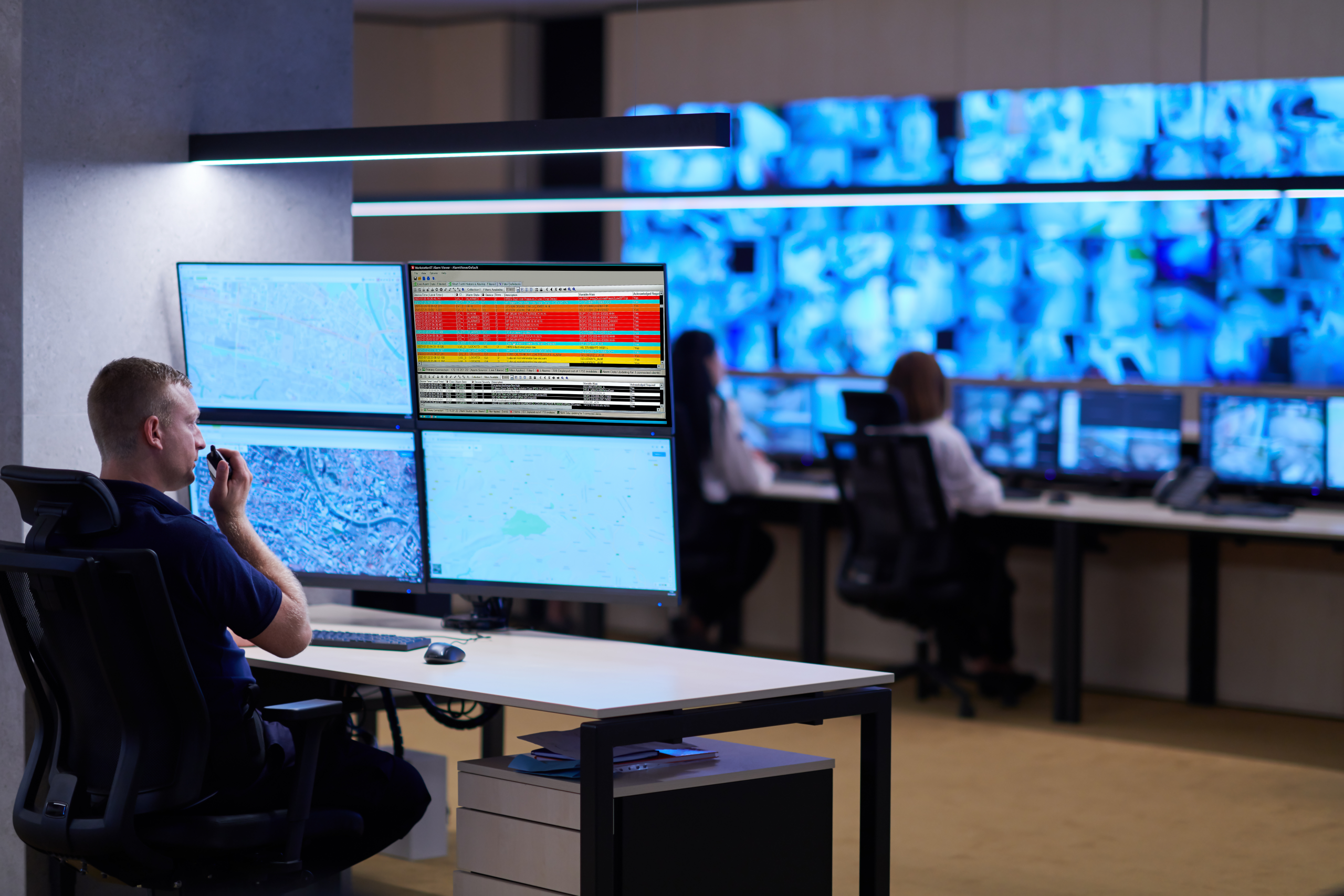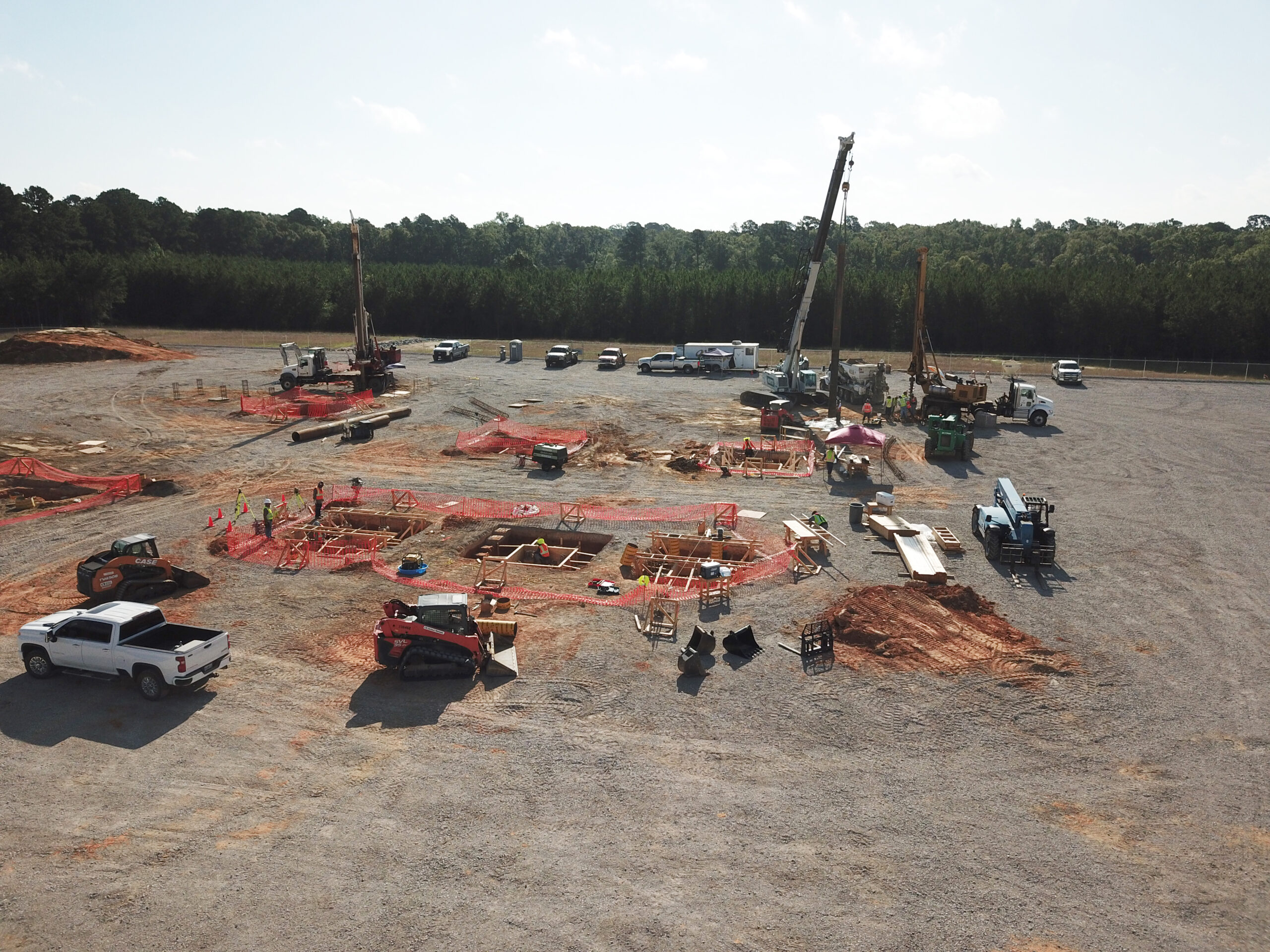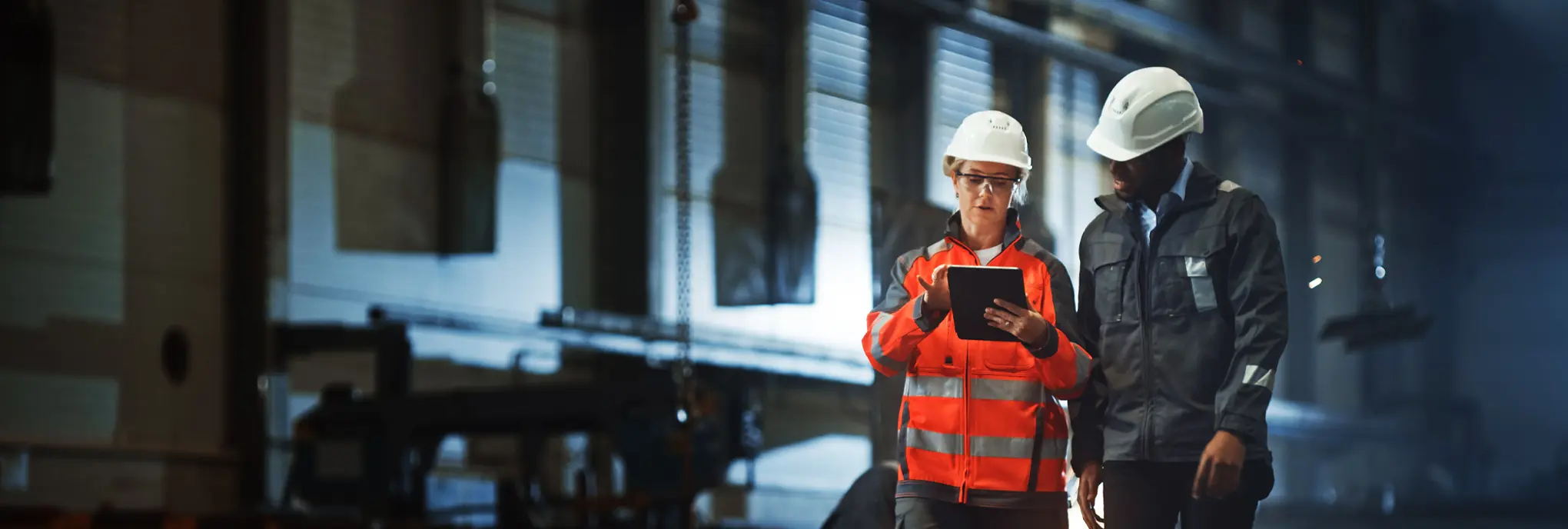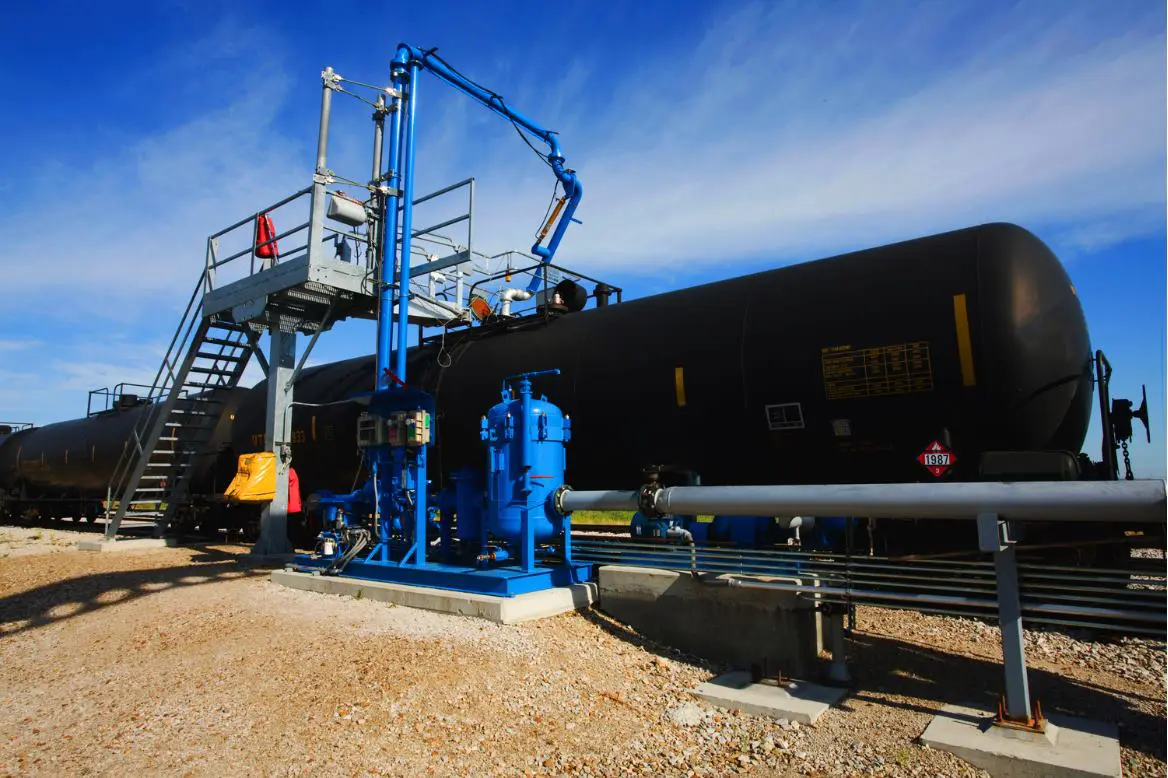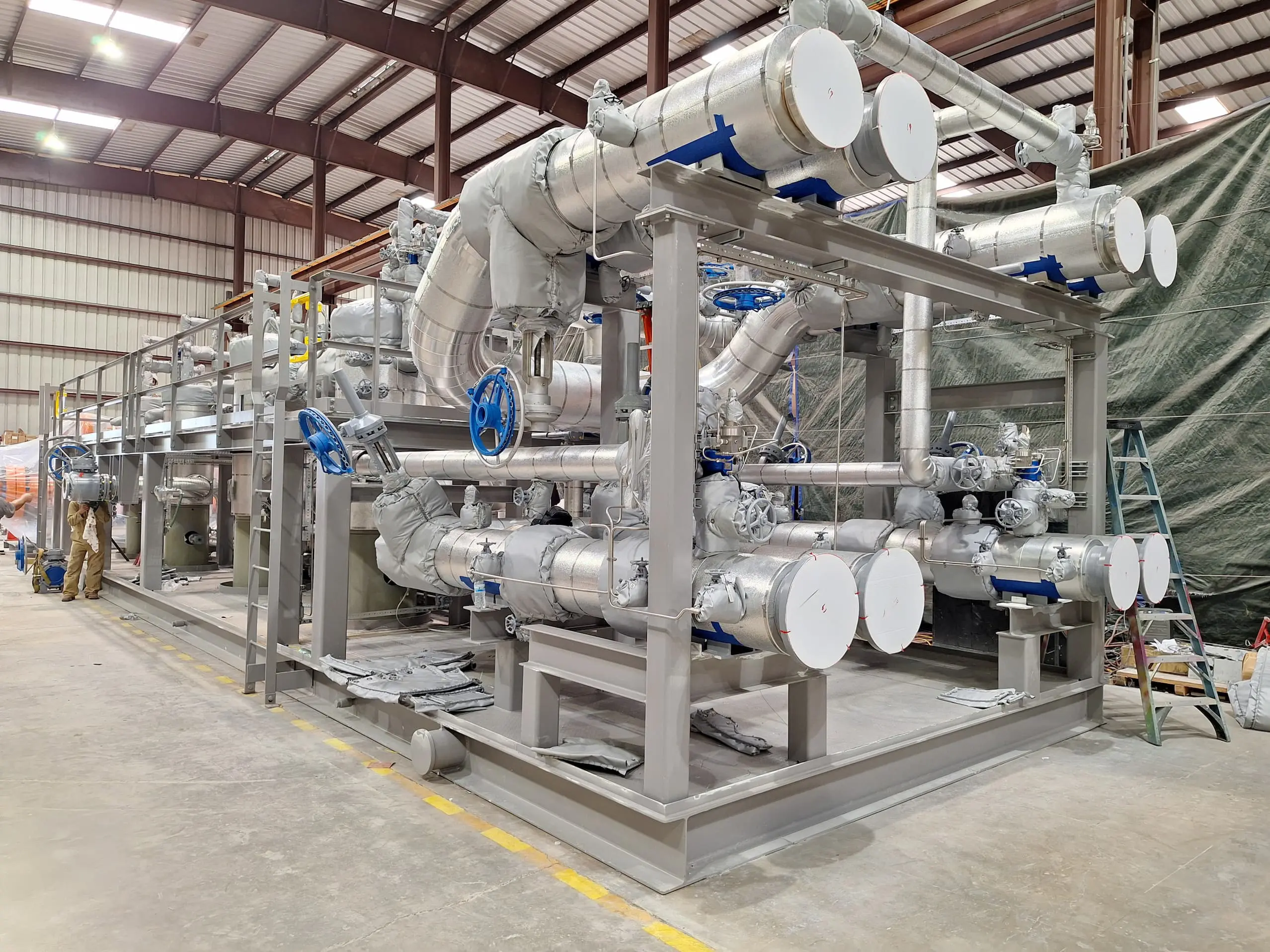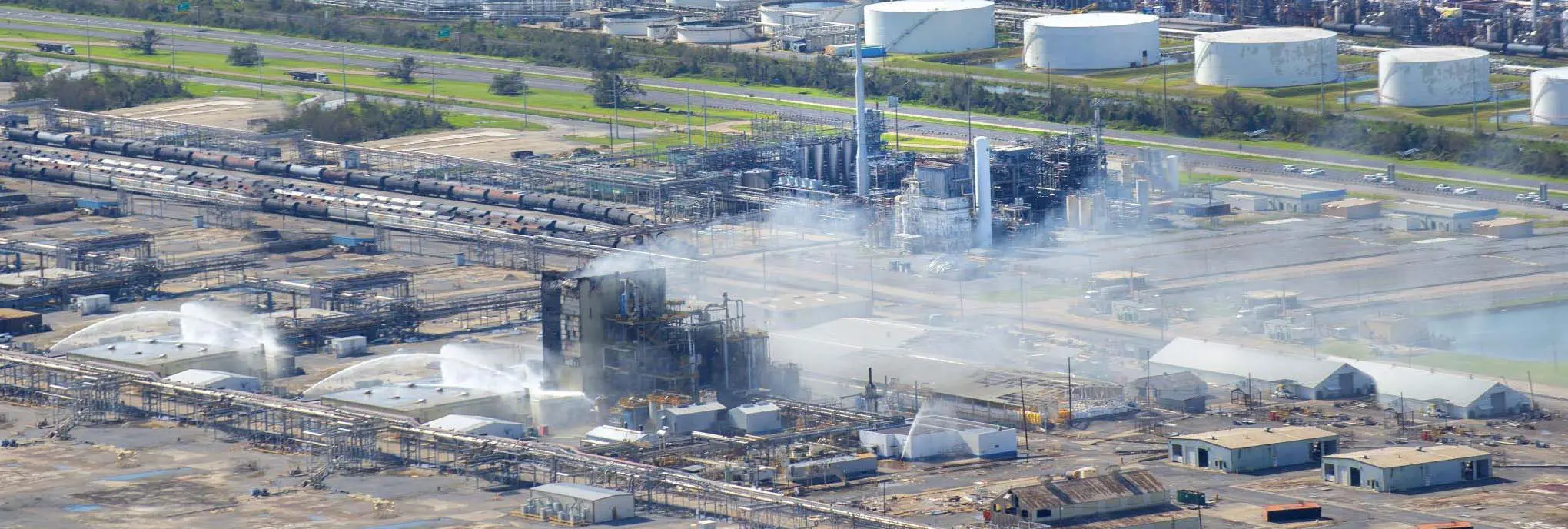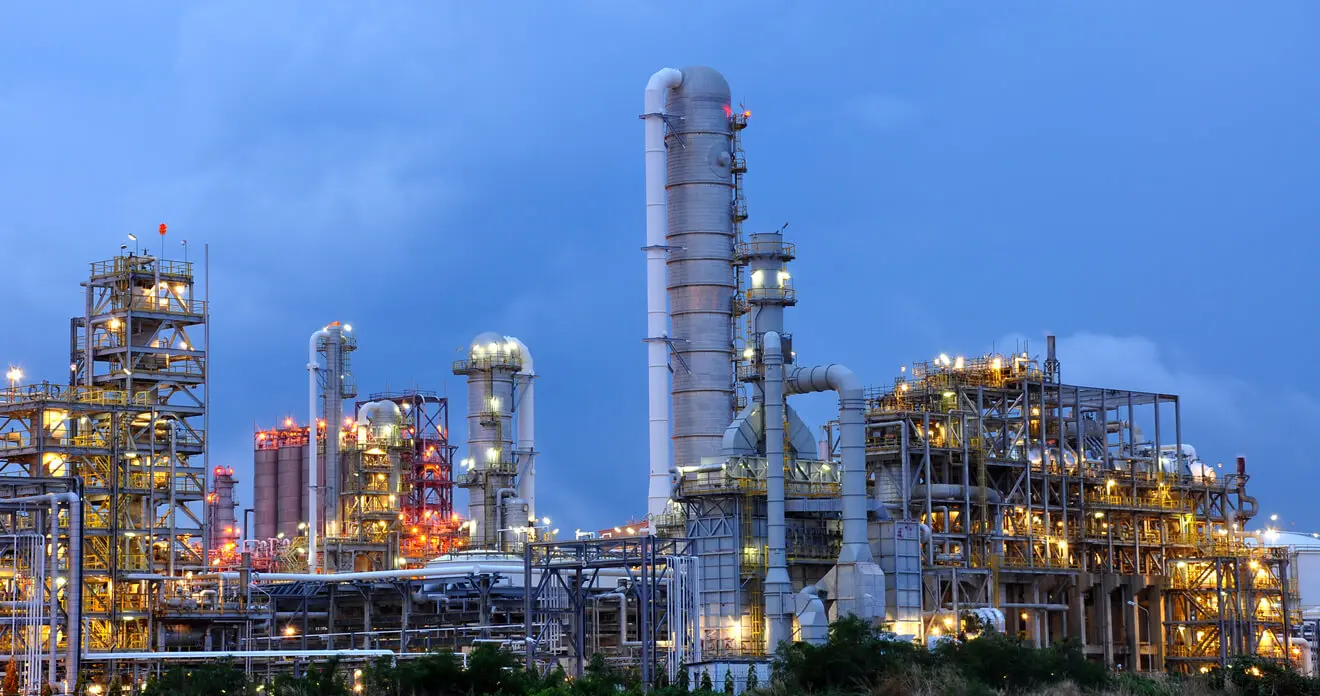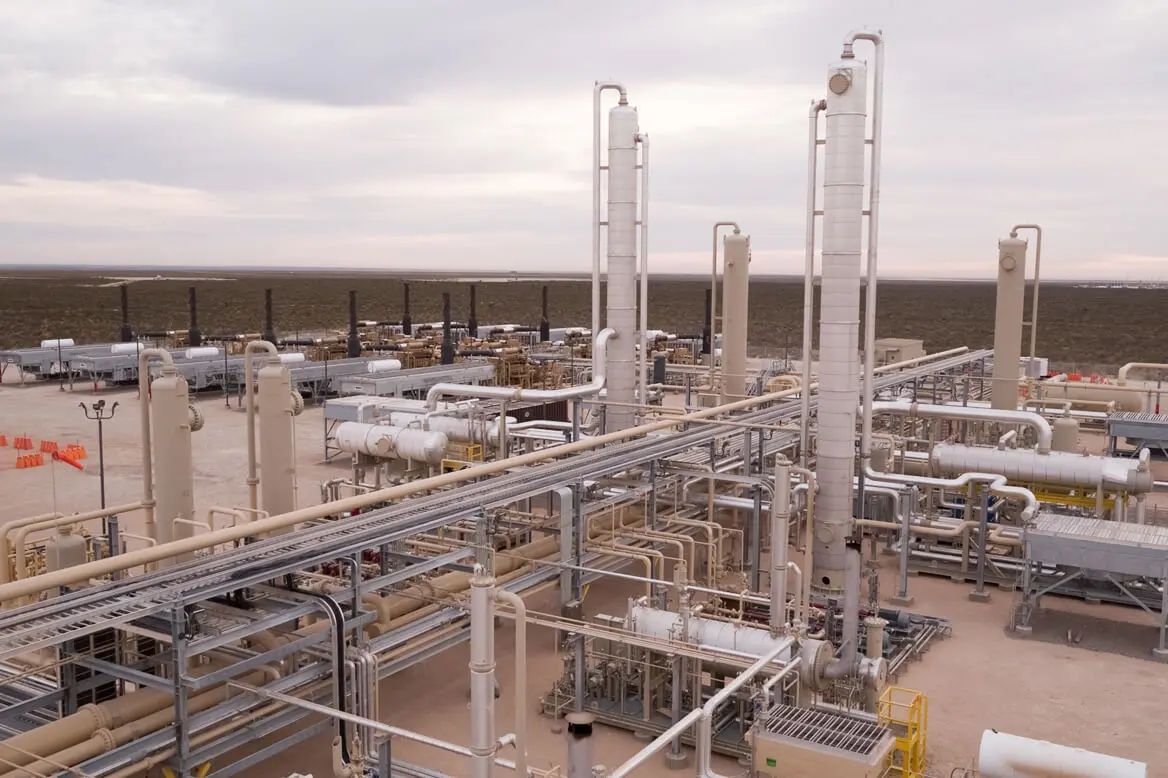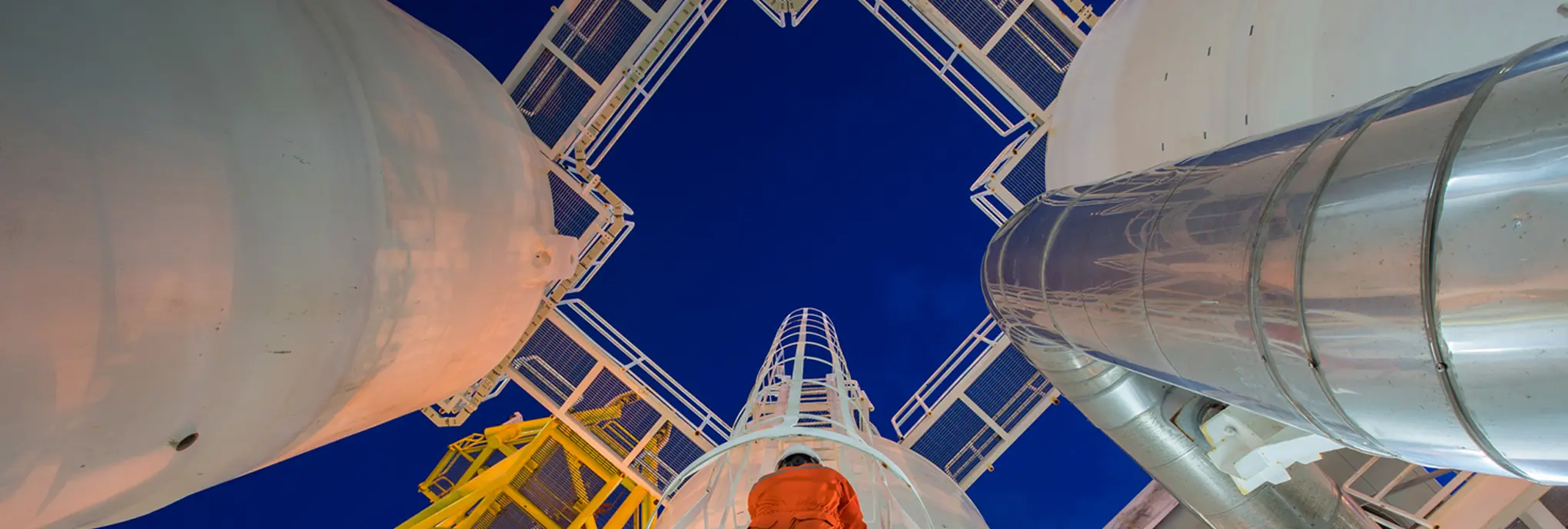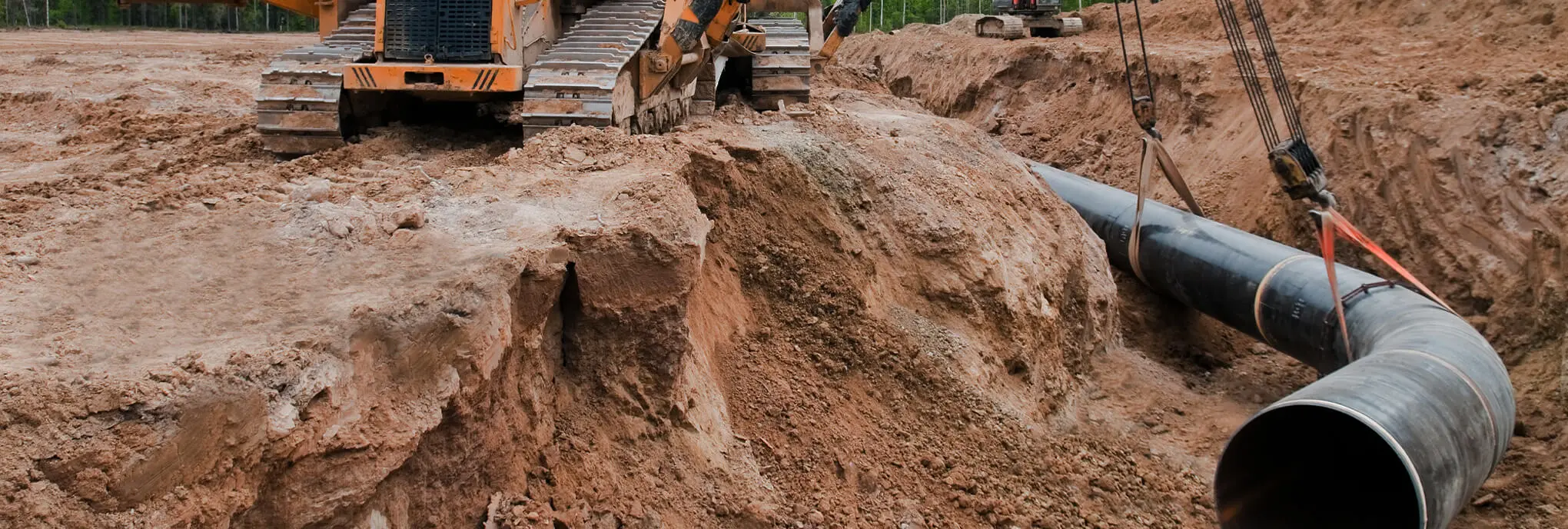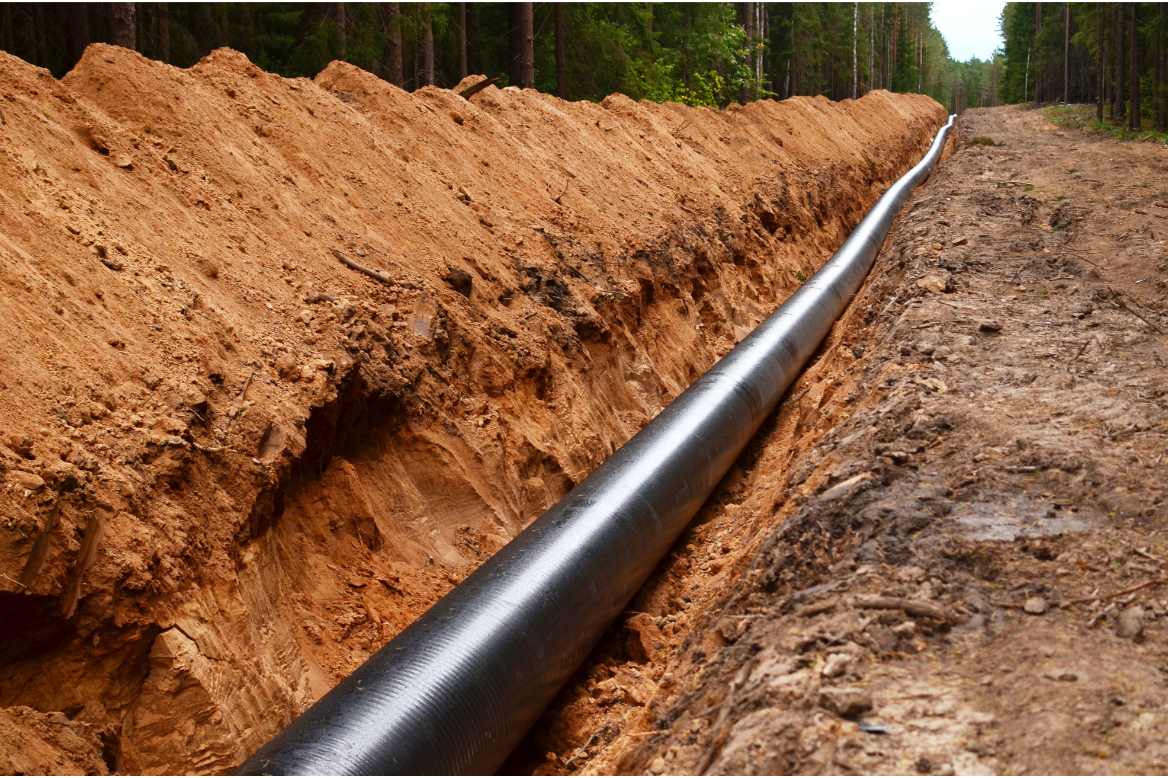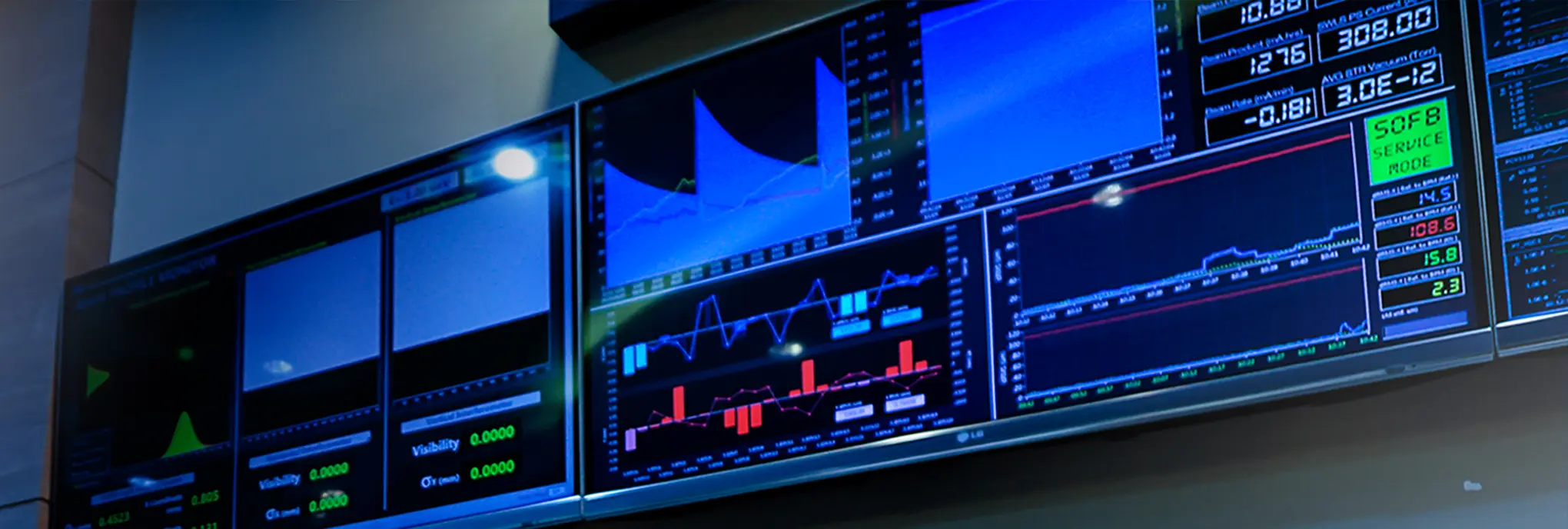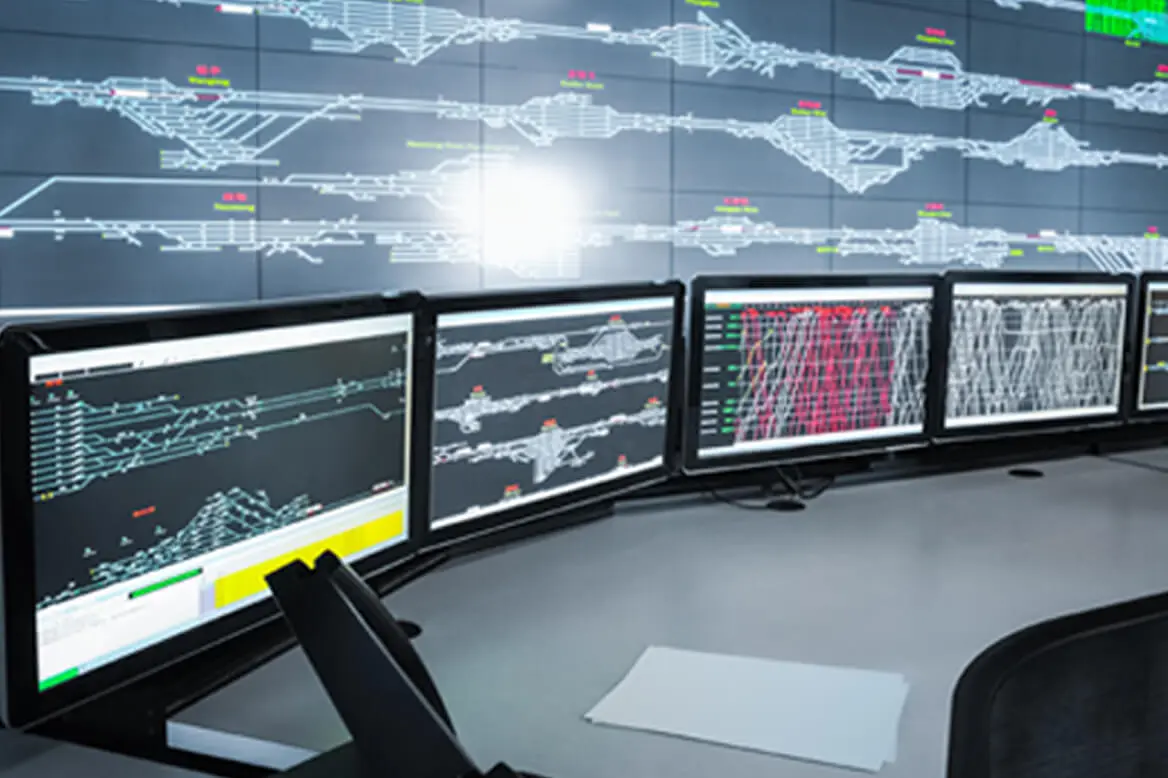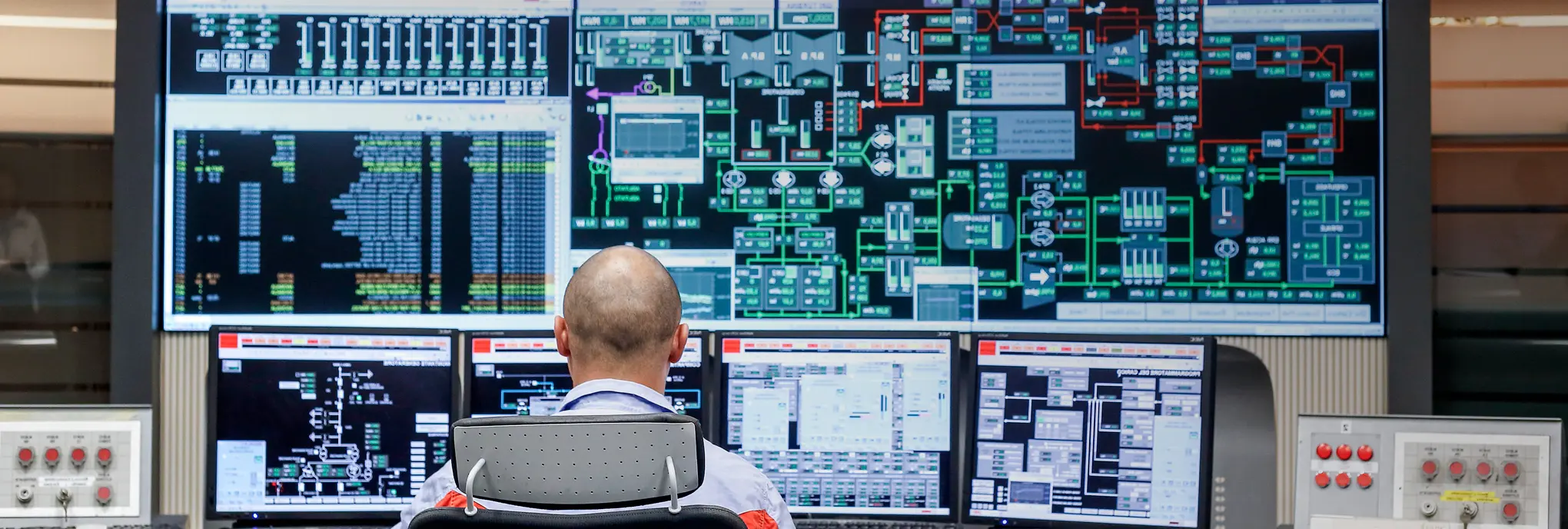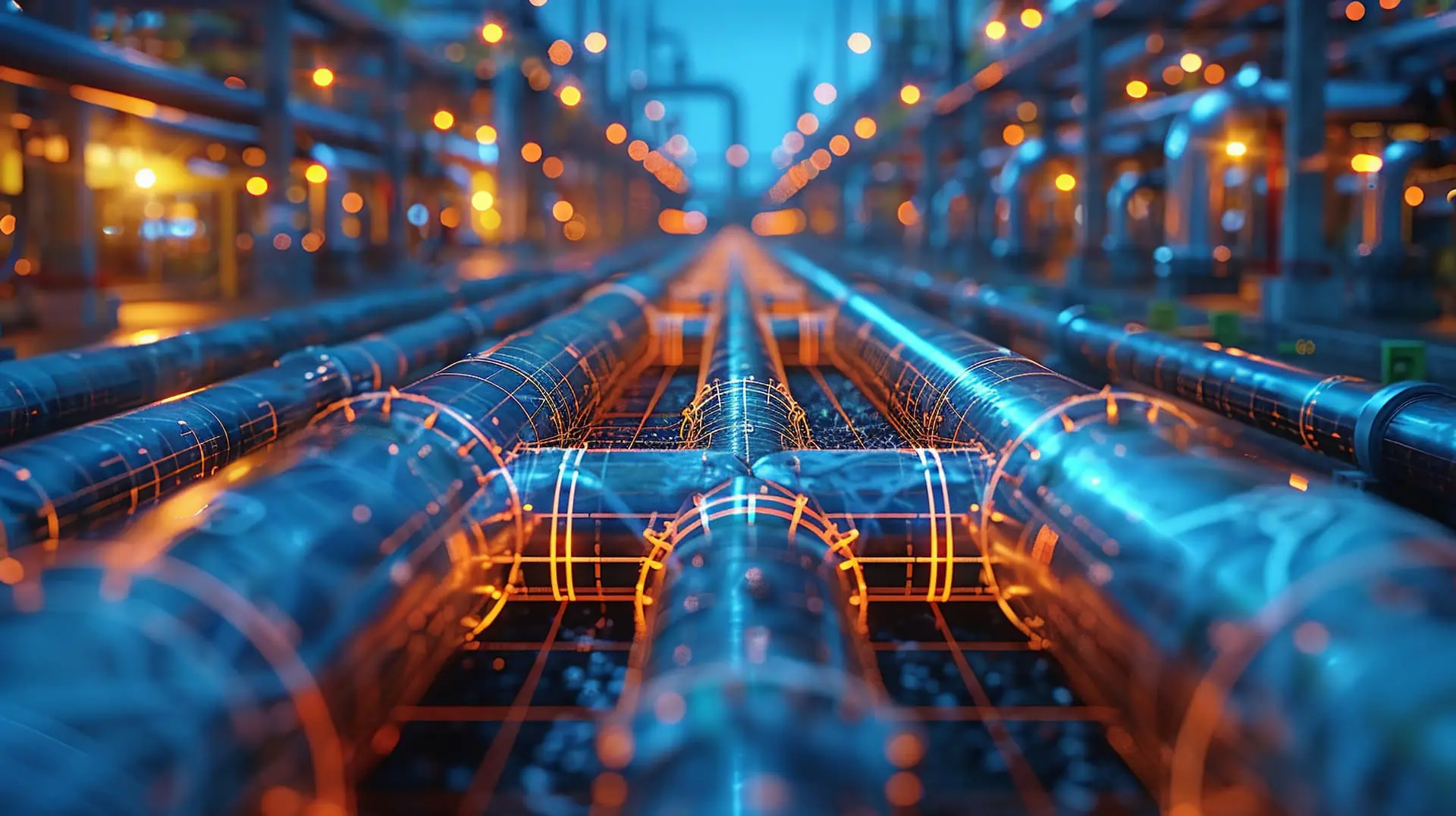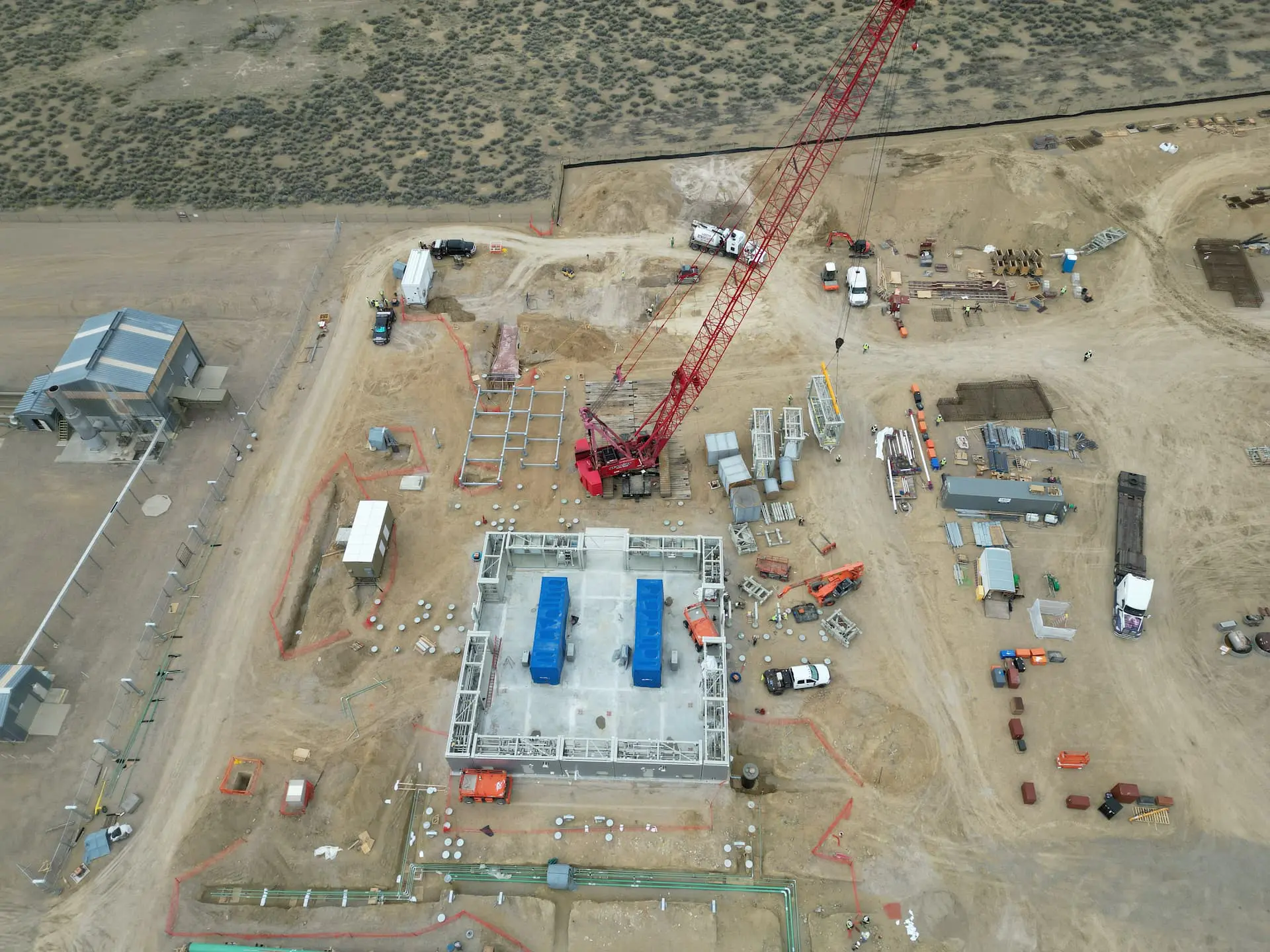

Want to share this article?
How Can Offshore E+P Extend Its Long-term Value?
Over the last six months, companies in the exploration and production (E&P) sector have been taking a long, hard look at how they can improve their long-term value.
This has largely been handled by means of consolidation and balance sheet improvement. However, E&P has also continued to look into low-cost investments in existing infrastructure that will provide long-term value. This “value-creating reinvestment in the business” can be seen in recent approaches like those of Seadrill and Transocean. They and other companies recognize that in many cases improving existing rigs for longer, safer, and more efficient operation may be beneficial in the near term, with expectations of at least a mild correction in oil prices and offshore rig markets in the long term.
What can E&P do now to extend long-term value to planned and operational facilities? Companies can increase the value of their holdings by reducing the amount of energy needed to operate them. As noted by industry association IPIECA in 2013, more efficient design, positioning, and drilling processes along with the proper implementation of power management systems can enhance energy savings on offshore drilling rigs. This efficiency can be emphasized in not only the design plans of new facilities but also in carefully planned brownfield modifications to existing facilities. Old diesel generators, for example, can be replaced with more efficient fuel-run power turbines, reducing downtime and the need for diesel deliveries.
3D laser scans of existing structures also provide benefits. The as-built conditions of a facility can be determined with these scans, which result in 3D-modeled representations of the facility. These models, when combined with information from other data streams on the facility, can provide a clearer picture of operations and any weaknesses or errors in the various systems. Once corrected, the facility can see efficiency in gains and operational uptime as well as improved personnel and environmental safety.
As with any brownfield modifications, numerous considerations must be made in evaluating efficacy, safety, and value. Significantly altering the deck layout of the topside, for example, requires weight analysis and determination of how its center of gravity will be affected. Safety assessments, downtime requirements, and operational stability must all be gauged before modifications begin.


